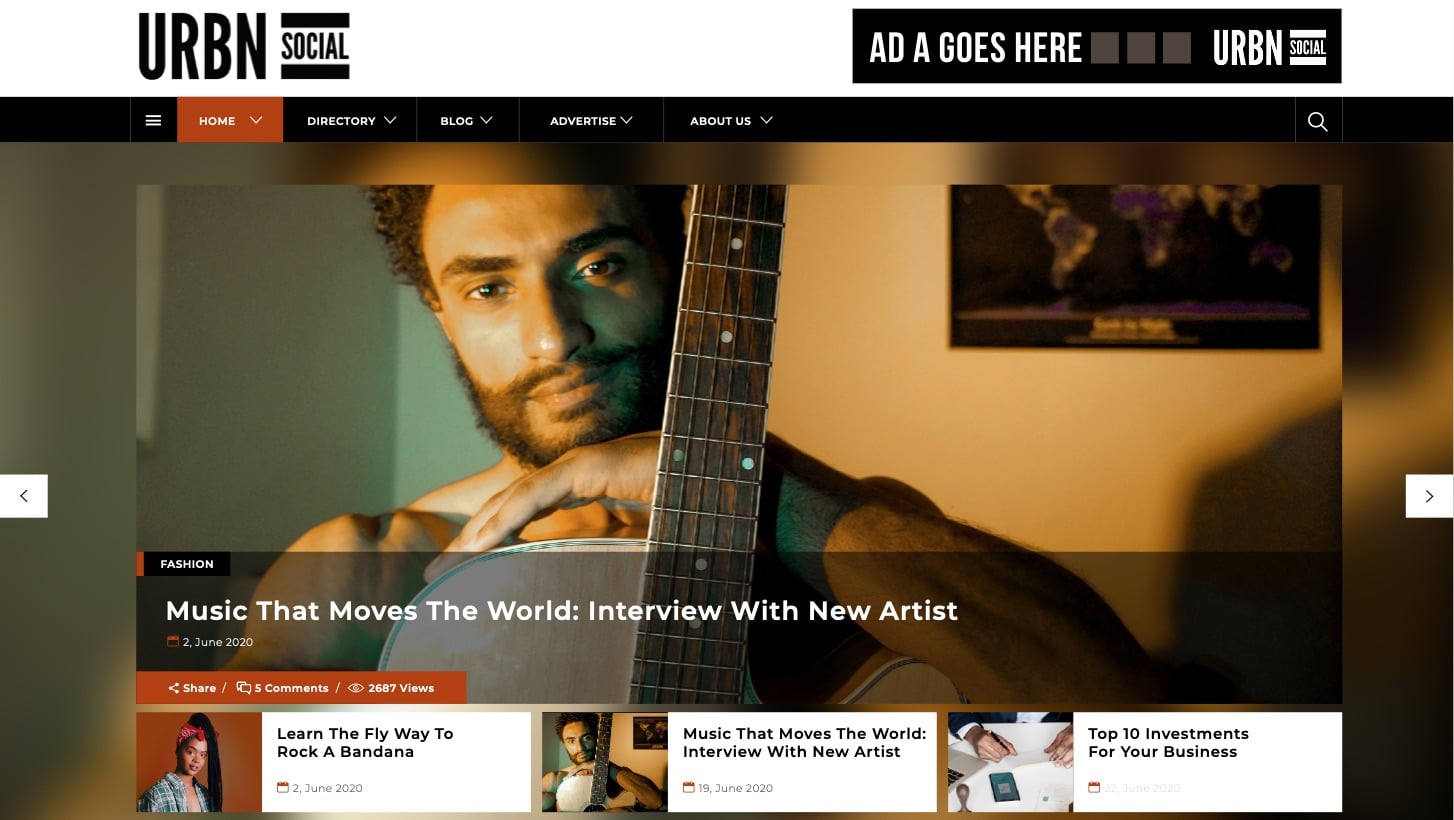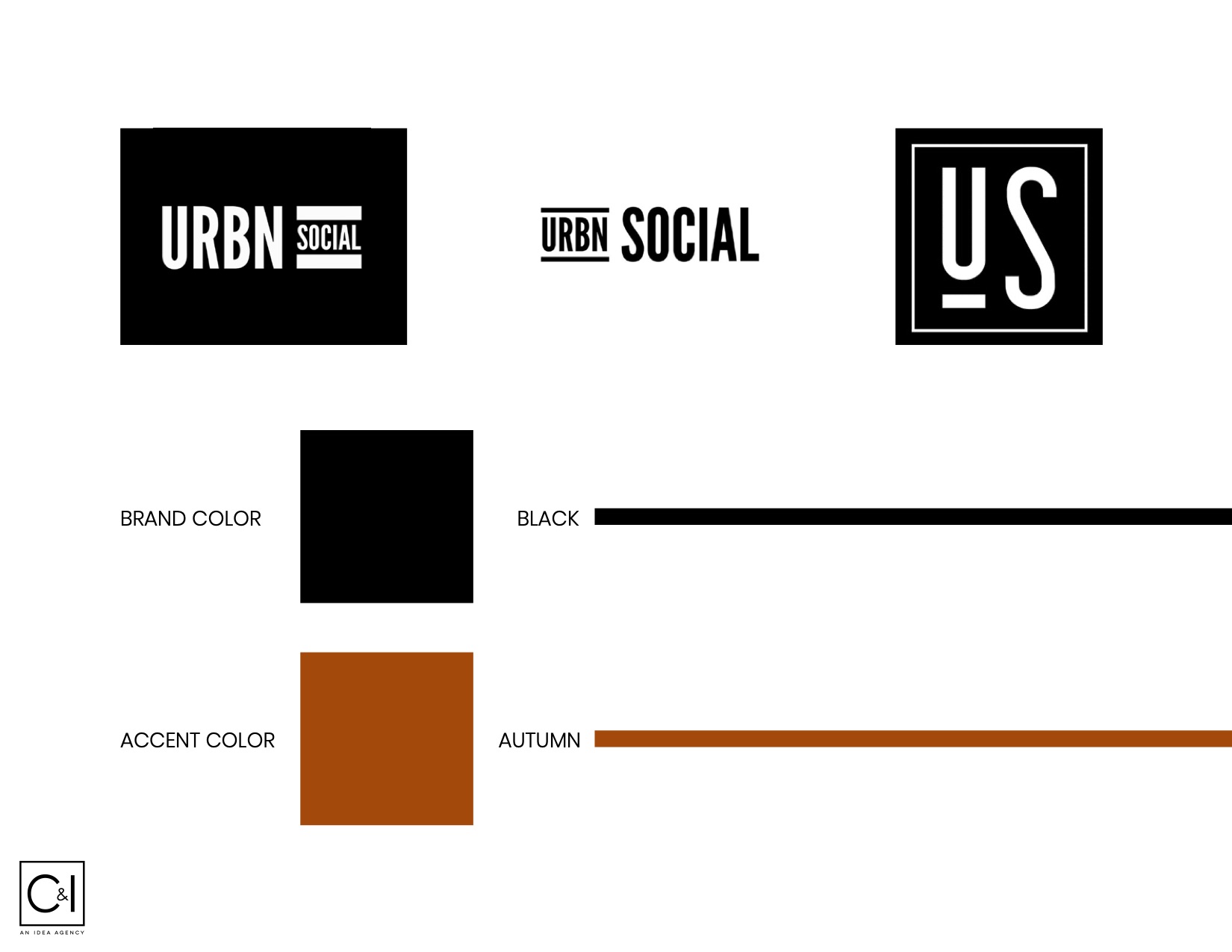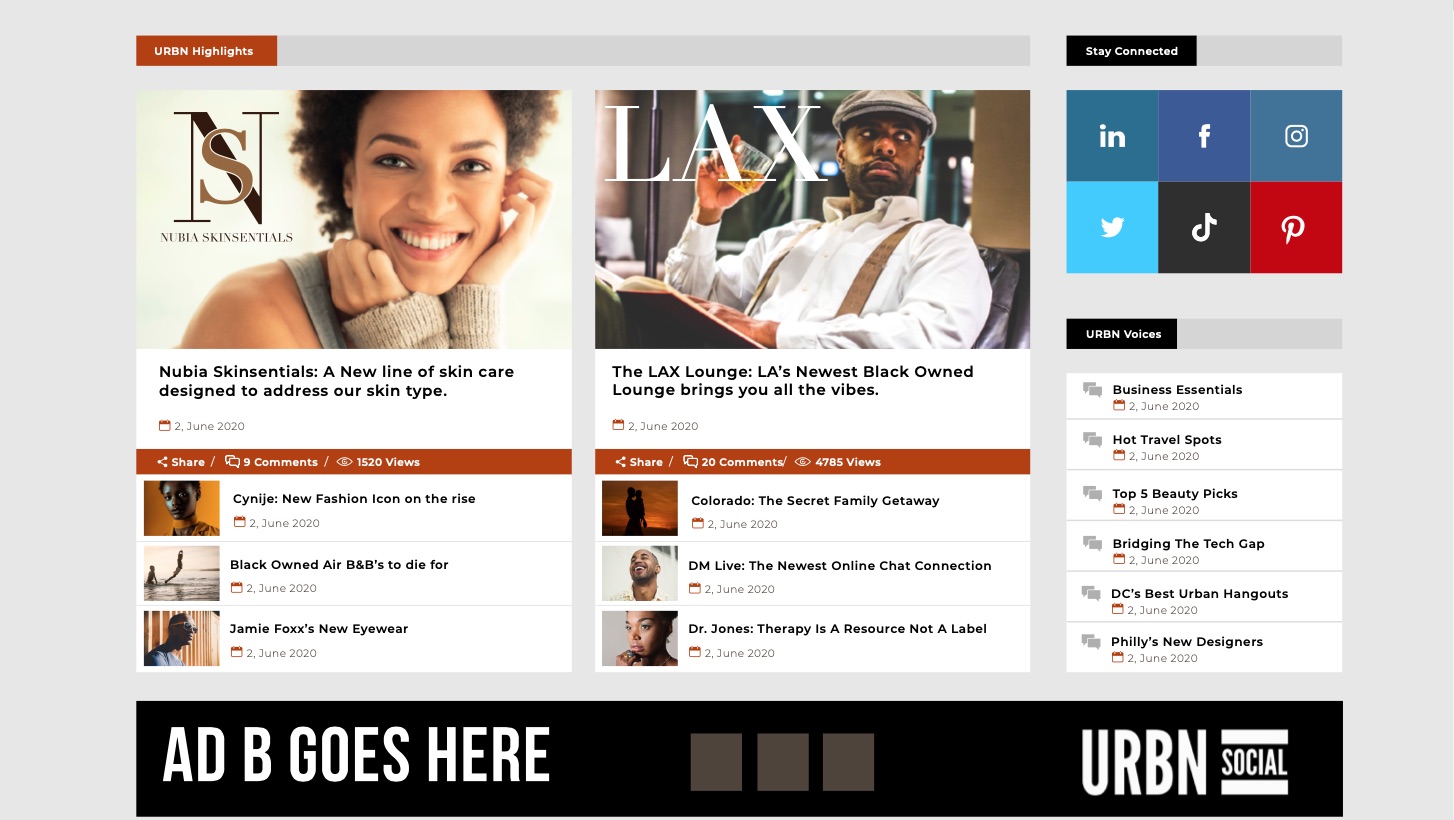Why branding is the most important step in the web design process
Branding needs to part of your web design to ensure you carry a consistent message across all of the ways you engage with your audience, including social media, blogs, and packaging. Branding tells the world who you are and what you stand for, and every element of your marketing need to be on the same page. This ensures that the audience receives a cohesive view of your brand across all of your platforms.
Remember that your website is often a potential customer’s first experience with your brand, which means your branding must be fully integrated into your web design. Your site is where you are connecting with your clients and communicating what your brand stands for.
What is branding in web design?
Branding in web design extends well beyond logos and brand colors. It calls for the full integration of your brand and all it stands for in your web design. Your goal is to make a connection while also building your brand identity. Brand integration in web design means much more than using the right logos and colors. The messaging, user experience and the entire content must all come together to tell your story compellingly and coherently that will be mirrored in all of your other communications across all platforms. The usability and customer support will say as much about your brand as the actual logo and, like all the different elements of your web design, tell your customers who you are and what they can expect from you.
Your website is your “store,” and this is your opportunity to shine or to fail. It may be the first interaction a consumer has with your company. When all of the web design elements work together, you have an opportunity to make a personal connection with a customer and tell them what your values are. Your site is where loyal customers are made!
When you build or redesign your site, branding should be part of every step. You will need to have a fully articulated brand identity to optimize your web design for success.

What is a brand identity?
Brand identity is expression of your brand, including your appearance, communications, and engagement. In other words, it is how your brand looks, feels, and interacts with people. It can be what differentiates or elevates your brand and builds relationships with people. And often, it is much more.
What does a golden arch mean to you? What does a silver apple say to you? These are perhaps some of the best and most well-known examples of brand identity. These two brands have gone beyond representing a hamburger or a computer. They represent an entire experience and concept with which you will have a set of associations, whether positive, negative, or even indifferent, that include expectations for innovation, service, value, consistency, and other attributes, depending upon the brand.
Another great example is the brand Toms. Their brand has come to stand for much more than shoes. They symbolize goodwill, charity, and doing good.
What is branding in web design?
The building blocks of brand identity in web design are the basics that most people get. This is the brand strategy and messaging, the logo and identity, and brand guidelines that many agencies can deliver. The real challenge in brand building and brand development comes into play in the actual brand experience. This is where strategy gets executed and where many companies fail. The overlooked elements are the actual content strategy, the technical strategy, and the support that ensures a smooth and brand forward experience.
It is essential that your brand strategy’s execution has been well thought out and that you have the proper systems and support in place to make this happen seamlessly. Remember, your website is likely one of your most important assets. It must speak to your clients in the most consistent and brand-forward way possible through every step of the engagement and reflected in all other platforms where you engage with a client.
What are the steps (elements) of branding?
- Brand Strategy
Brand begins with a well thought out and articulated brand strategy. This is a detailed plan that lays out what you are trying to achieve and how you will get there. Your plan begins with your company’s vision or mission and your purpose. Increasingly, companies are communicating their values, making them more prominent in their branding. This is perhaps the most essential step of your branding journey, and a consensus must be reached with all stakeholders before moving on. Ideally, your planning team should include a brand lead who aligns the business goals with the brand. A creative leader would oversee the brand guidelines; a marketing lead will craft marketing strategies and content creation. In contrast, a communications lead would create a brand library that documents the brand and shares it with the company.
- Brand messaging
Brand messaging is essential when it comes time to execute the brand. It includes your brand voice, personality, value proposition, tagline, and brand pillars’ pillars. This messaging becomes the foundation for all future communications across all platforms and all purposes, whether promotional, sales, public relations, or content.
- Visual elements of brand identity
Your brand identity helps you communicate your brand visually to support and reinforce the brand strategy. The elements include your logo, color, typography, imagery, and other graphic representations of your brand. Your brand identity needs to be applied and work across a variety of media, so plan for that.
These are some of the visual basics:
- Logo – All design elements begin with the logo. It’s important to remember that your logo must work across many applications and be scalable and flexible.
- Colors – A strong color palette is usually built around a single color that often comes to represent your company. A palette is built around it to allow choice in design. There is usually the main color and a couple of primary and complementary colors and accents.
- Typography – The typography should be built off the logo. Try to keep your typography simple and limit the number of font families to a couple. There should be primary and secondary brand typefaces for specific purposes, such as headlines or body copy.
- Design System – This is a hierarchy and layout used for all design—for example, the order of the content, headers, subheads, body copy, and images.
- Photography – Photography is one of the more critical elements of design, and you must establish guidelines around what images are and are not appropriate. It may also address filters.
Other elements that may be required for your brand include interactive elements and motion graphics. Video is increasingly important, and of course, web design is at the heart of it all and must be maintained and continually-audited.
- Audit of the current identity
A branding project should include an honest evaluation of the current brand, all marketing assets, your website, and any other platforms.
- Identify your customers
Identifying a clear persona of who your customers across your various segments if very useful in and make a great litmus test as you move through the web design phase in making reliable decisions.
- Evaluate the competition
Do a competitive evaluation of who your competitors are. How and where do they communicate? Who is the competition targeting, and what are their brand personalities and unique selling propositions?




What makes a strong brand identity?
Strong brand identity needs to work from all perspectives, meaning for your internal team who needs to execute it and your customers who you want to engage with it.
This means it should have some key characteristics.
A checklist:
- Stand out – Is your brand distinctive enough to stand out and catch the attention of your target
- Impact – Is it memorable, so people will remember who and what you are?
- Flexible – As your brand grows and changes, can it evolve and hold up?
- Well-integrated – Do all of the pieces work well and support one another?
- Executable – Can your team members easily apply it across platforms and for a variety of purposes?
When it comes time to create or revisit your web design, be sure you look behind the simple visual appeal and integrate all of the other essential elements that contribute to a great user experience that clearly communicates who your brand is and what it stands for. A good web design agency will integrate the creative strategy into the web build to ensure you have a web design that engages the right audience in the right way for your brand.

